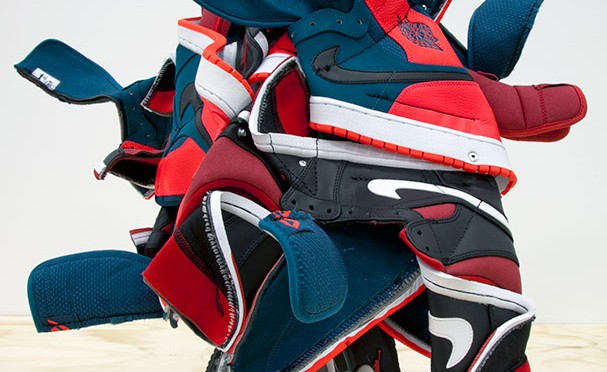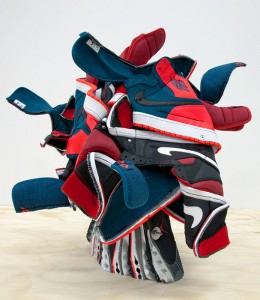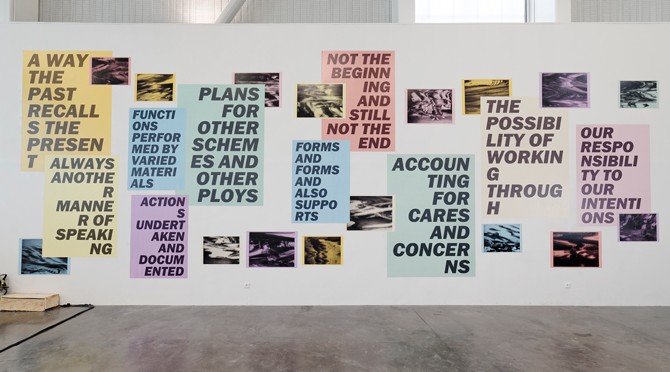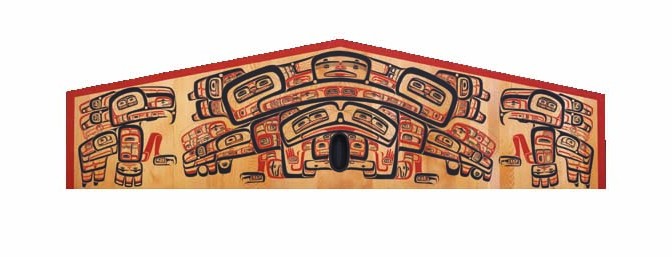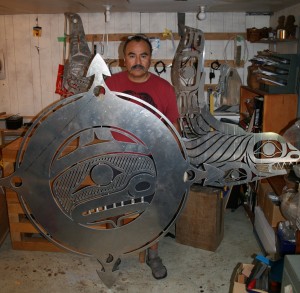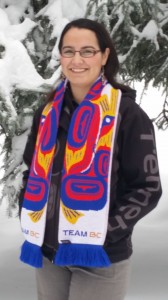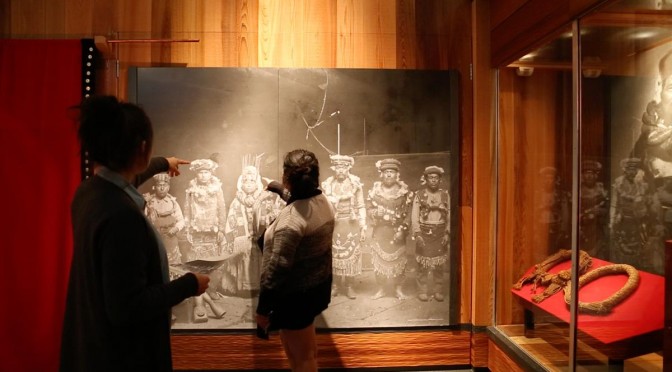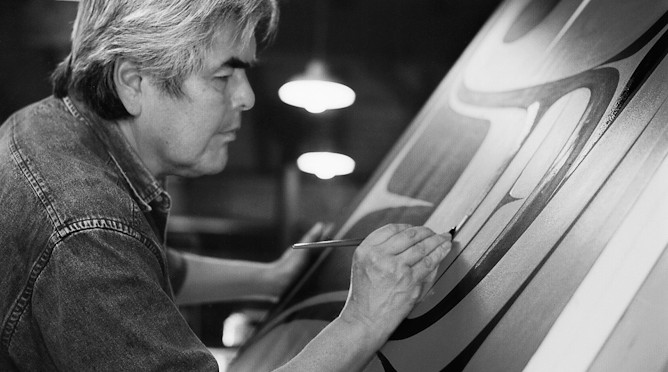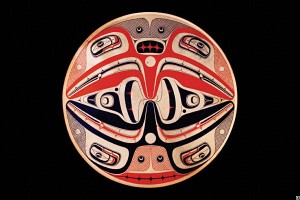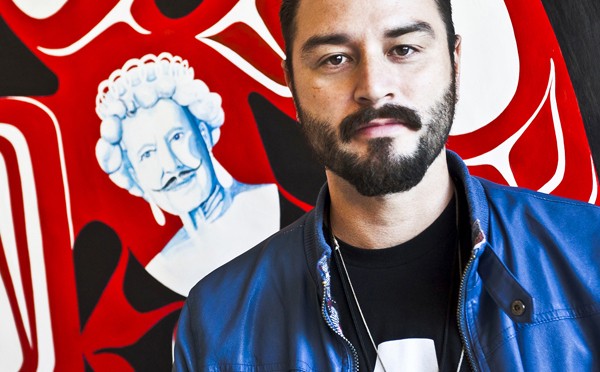Brian Jungen
22 January – 27 February, 2016
Catriona Jeffries is pleased to announce a solo exhibition by Brian Jungen featuring his most recent sculptural work. Using new Air Jordan trainers, which recently celebrated its 30th anniversary in 2015, Jungen returns to a material he is both familiar with and continues to experiment through. Adopting an alternative approach to dissecting and rearranging the material that was developed in earlier work, these new sculptures are produced using the same tools that were utilized to manufacture them: band saw, punches, rivets, drills and an industrial sewing machine, personalizing their industrial production.
As the shoes themselves have changed in terms of design and colour schemes over time, so has the artist’s strategy of using them as representational objects of colonial and First Nation art histories merging with contemporary collective imagery. These new works become more abstract and colorful, continuing to allow the material of the shoe itself to guide his decision about their form and assembly while pushing the possibilities of material depiction. Utilizing as much of the shoe as possible in their production, these objects minimize extraneous material and armatures and act as free standing sculptures.
The resulting works are less a direct representation and contain more a suggestion of animal and human faces, taking advantage of how we innately search for and recognize these particular patterns. This phenomena, oscillating between representation and abstraction, has historically been used in the visual representation of diverse mythologies. It could be argued that myths are always born from trauma and intertwine with the uncanny and supernatural, itself by definition unknown and indescribable. Considering our continued abstraction of faces and bodies through masks and dress, these works can be considered in direct relation to the diverse but unified aesthetics of contemporary global economic, political and cultural conflict.
